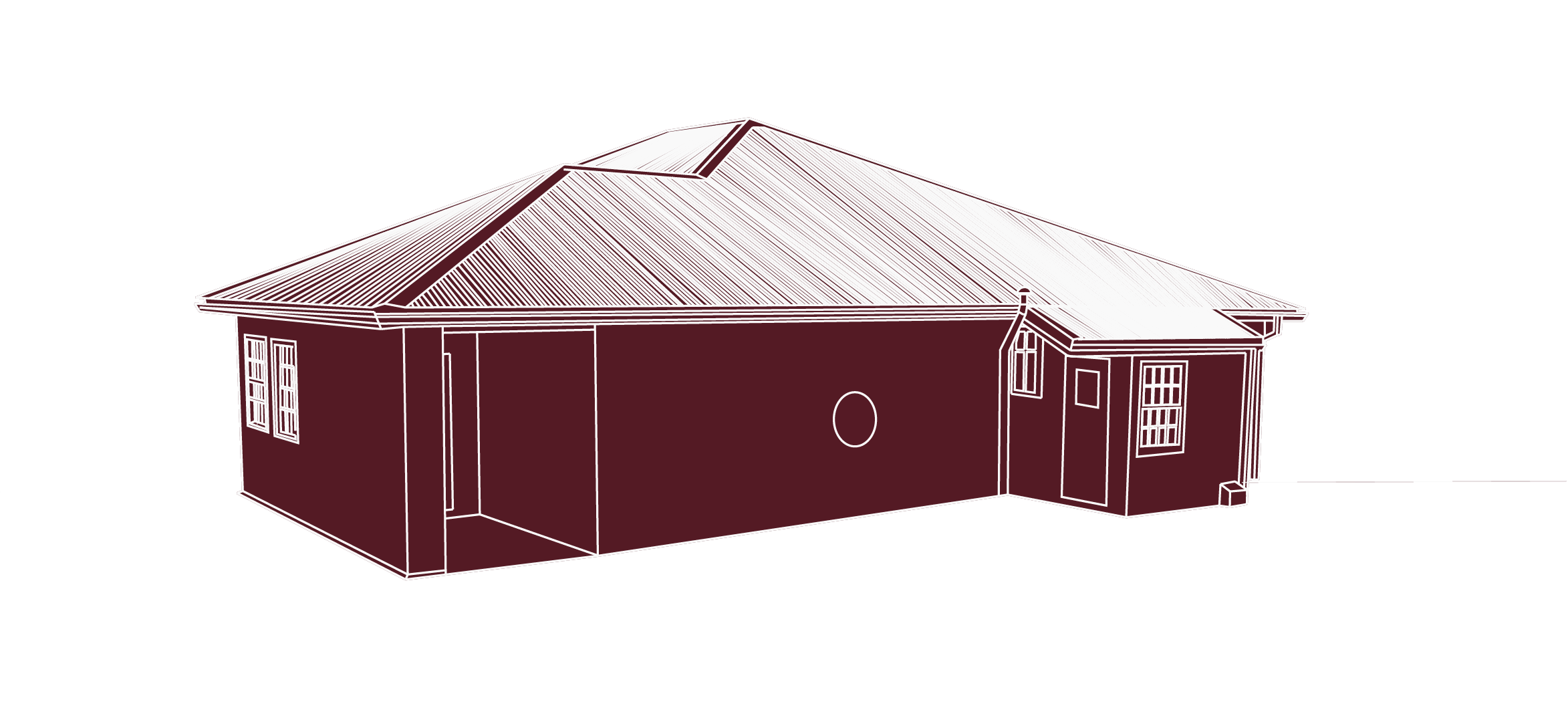Introduction
The earliest hospital in Stanley was in the 1840s and was only one room in a building where the Speedwell Store now stands. The other rooms in the building were used as a church, a schoolroom and a dispensary.
The first Colonial Surgeon was Dr Henry Joseph Hamblin who arrived in the Falkland Islands in 1843. He built Stanley Cottage in 1844, one of the first private houses to be constructed in the town, and lived there for the next twenty years. He was a very hard-working doctor and died at sea in 1864 on a voyager back to England. There is memorial to him in the Cathedral on the north wall just inside the main door.
In the 1850s the hospital room was moved to a house on the corner of Fitzroy Road and Villiers Street. In those days most people stayed in their homes when they were ill and the doctor would go and visit them.
In the 1890s a nurse, Sister Preston, lived at No 4 Jubilee Villas and advertised that she would have people to stay there if they were ill. The Government then official sanctioned the house as a ‘Public Hospital’.
The first real hospital opened in 1908 in what is now known as Gilbert House, and now is the Councillors’ Office. It was called the Victoria Cottage Home in honour of Queen Victoria who had died seven years earlier, and was more like a nursing home than a what we would think of as a hospital nowadays. It had two nurses and room for six patients. Governor Allardyce officially opened it on 11 May 1908.
In 1911 it was decided to start building a larger hospital in memory of King Edward VII who had died in 1910 which is why it is called King Edward Memorial Hospital (KEMH) and is the one we know today. The hospital received its first patients, who were men who had been wounded in the Battle of the Falklands, in December 1914. The Victoria Cottage Home was closed down in 1915 as there was no need for it any more.
In 1953 a new wing with modern facilities called the Churchill Wind was added to the KEMH.
In 1984 most of the hospital was destroyed by a serious fire. The army set up a temporary military hospital down by the Canache and afterwards a civilian hospital was set up in the Brewster flats on Jeremy Moore Avenue.
The KEMH was rebuilt on the same site as the original and opened again in 1987.

King Edward Memorial Hospital 1940s
Reports
The Annual Medical and Sanitary Reports collection is incomplete; they were also printed in the Falkland Islands Gazette.
![]() R-HEA-ANN-1-3. Annual Medical and Sanitary Report for the year ended 31 December 1931.pdf572.42 KB
R-HEA-ANN-1-3. Annual Medical and Sanitary Report for the year ended 31 December 1931.pdf572.42 KB
![]() R-HEA-ANN-1-4. Annual Medical and Sanitary Report for the year ended 31 December 1933.pdf1.73 MB
R-HEA-ANN-1-4. Annual Medical and Sanitary Report for the year ended 31 December 1933.pdf1.73 MB
![]() R-HEA-ANN-1-26. Medical and Sanitary Report for the year ended 31 December 1964.pdf472.55 KB
R-HEA-ANN-1-26. Medical and Sanitary Report for the year ended 31 December 1964.pdf472.55 KB
Disclaimer
While every effort has been taken to ensure accuracy the Jane Cameron National Archives does not accept responsibility for any errors or omissions in these records.
Copyright guide
Copies of government records may be used freely for private research and educational purposes. If material is to be used for commercial publication, exhibition or broadcast the written permission of the Jane Cameron National Archives must first be obtained. Whenever material from the Jane Cameron National Archives is reproduced in any form or in any medium, the user must acknowledge the Jane Cameron National Archives as the source and give all document references. For non-government records it is your responsibility as the user to ensure that copyright is not infringed and any infringement that does occur is your responsibility.
